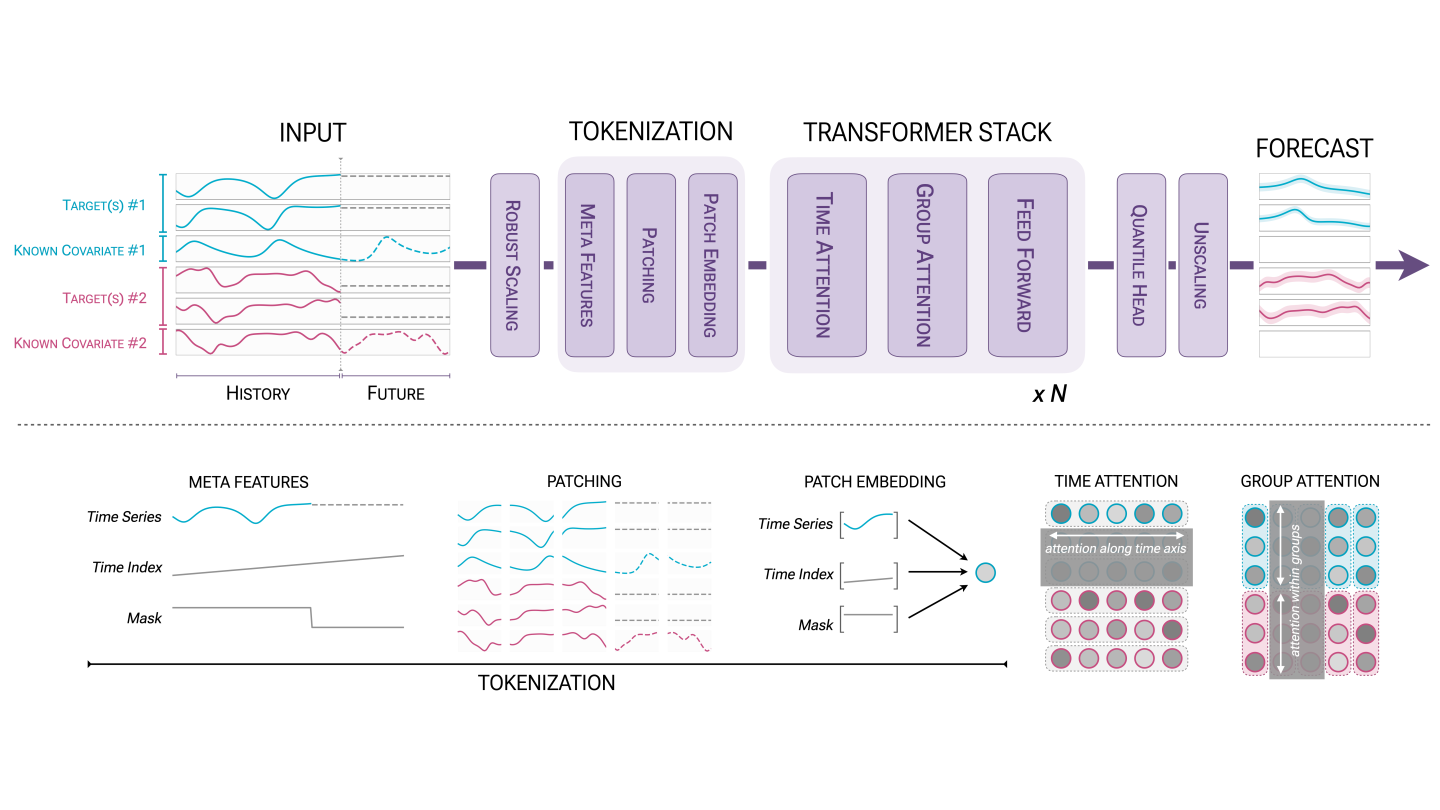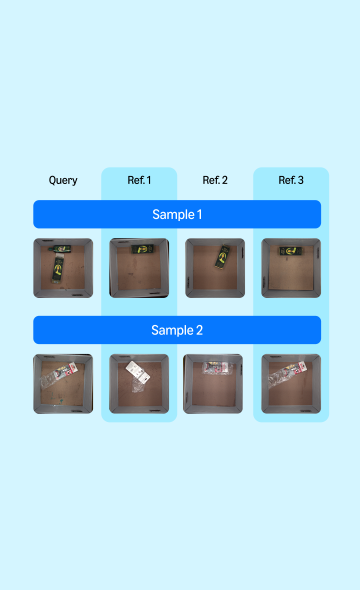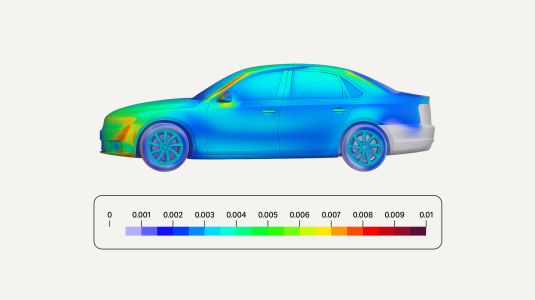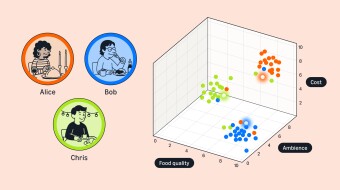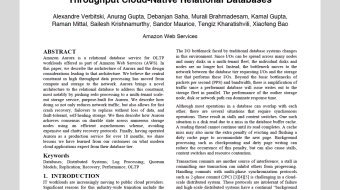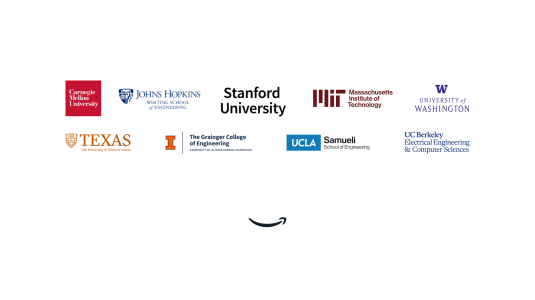Customer-obsessed science


Research areas
-
September 26, 2025To transform scientific domains, foundation models will require physical-constraint satisfaction, uncertainty quantification, and specialized forecasting techniques that overcome data scarcity while maintaining scientific rigor.
-
Featured news
-
2025At Amazon, we look to our leadership principles every day to guide our decision-making. Our approach to AI development naturally follows from our leadership principle “Success and Scale Bring Broad Responsibility.” As we continue to scale the capabilities of Amazon’s frontier models and democratize access to the benefits of AI, we also take responsibility for mitigating the risks of our technology. Consistent
-
2025Recent advancements in code completion models have primarily focused on local file contexts (Ding et al., 2023b; Jimenez et al., 2024). However, these studies do not fully capture the complexity of real-world software development, which often requires the use of rapidlyevolving public libraries. To fill the gap, we introduce LIBEVOLUTIONEVAL, a detailed study requiring an understanding of library evolution
-
2025The rise of LLMs has deflected a growing portion of human-computer interactions towards LLM-based chatbots. The remarkable abilities of these models allow users to interact using long, diverse natural language text covering a wide range of topics and styles. Phrasing these messages is a time and effort consuming task, calling for an autocomplete solution to assist users. We present ChaI-TeA: Chat Interaction
-
2025The training and fine-tuning of large language models (LLMs) often involve diverse textual data from multiple sources, which poses challenges due to conflicting gradient directions, hindering optimization and specialization. These challenges can undermine model generalization across tasks, resulting in reduced downstream performance. Recent research suggests that fine-tuning LLMs on carefully selected,
-
As the demand for online A/B testing continues to rises for tech companies, the opportunity cost of conducting these experiments becomes increasingly significant. Consequently, there is a rising need for an efficient continuous monitoring system capable of early terminating experiments when necessary. Existing literature and tools primarily focuses on early terminating experiments with evidently significant
Collaborations
View allWhether you're a faculty member or student, there are number of ways you can engage with Amazon.
View all
















